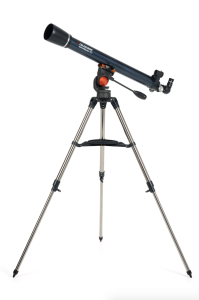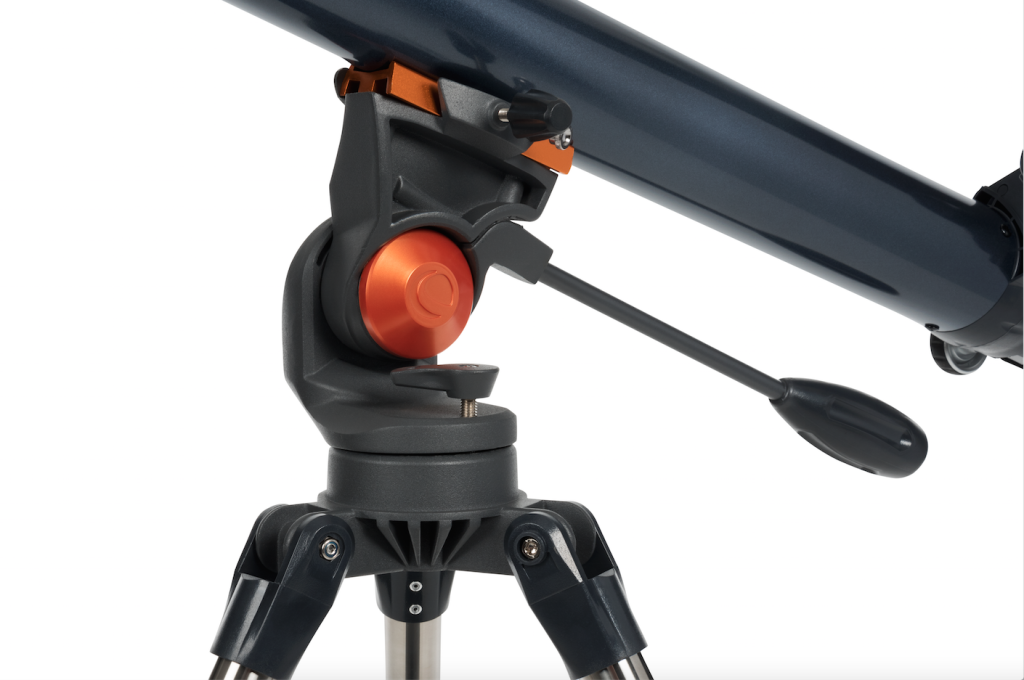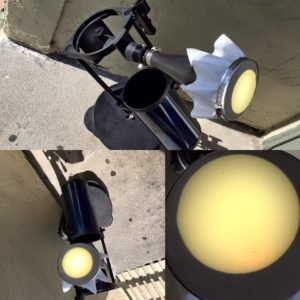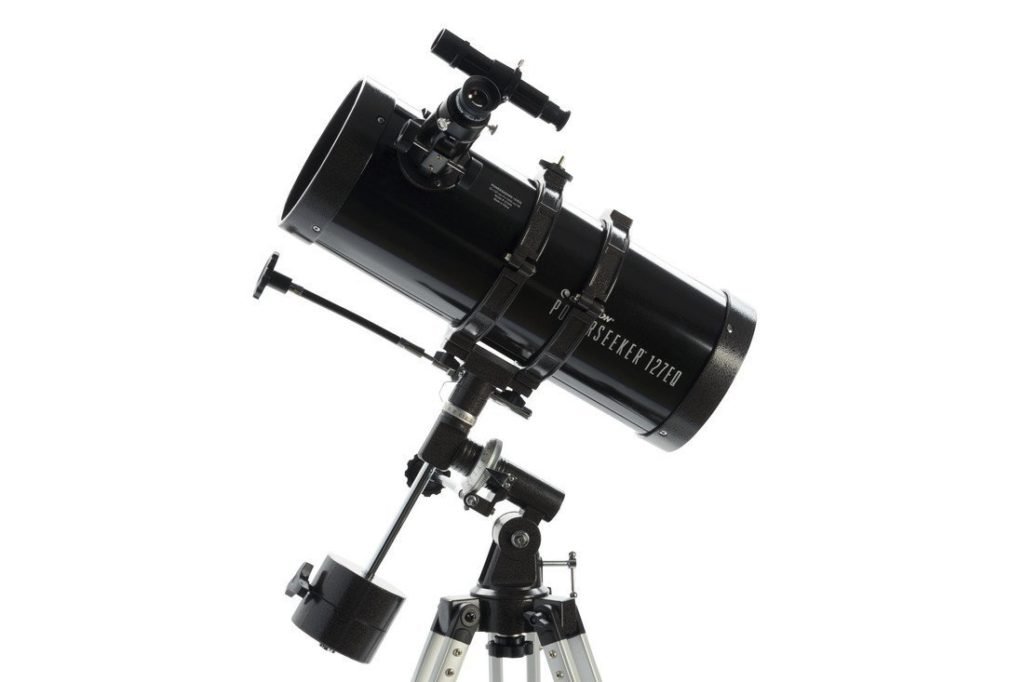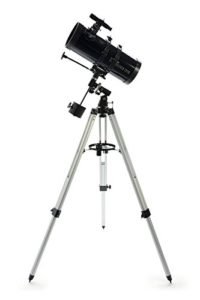

Your First Telescope
Given the different makes and models available, choosing your first telescope can be a daunting task! Let 50 Campfires walk through it with you step by step!
Step 1. Think about what you’d like to see with your telescope:
Want to see the moon, planets, or star clusters? A night of casual stargazing is best enjoyed with a refractor or reflector telescope.
Planning to hunt for distant galaxies or comets? The best tool for looking into the far reaches of the night sky is a compound telescope.
Step 2. How often will be using it and where? The size and weight can quickly determine how often you end up actually using your telescope. Owning a large telescope can hinder the average person’s usage due to pure size and weight; not to mention fitting it into the car along with passengers, tents, gear, etc. Something mid-sized or smaller is more likely to get some serious use. Easy to transport? Yes, please!
Step 3. Who will be the main user(s) of the telescope?
If there are kids involved, a simple refractor or reflector will be a great match based on ease of setup and durability.
Planning to get serious? A compound telescope should be on your radar as the amateur astronomer that you are!
Finally, no matter the ultimate user, a GoTo mount is worth consideration as it quickly and easily locates planets, star clusters, and the like.
Refractor Telescopes
Originally invented by Galileo in 1609, this type is what we typically expect a telescope to look like: a long tube with an eye piece on one end and a lens on the other. We like the following refractors for their simplicity and portability:
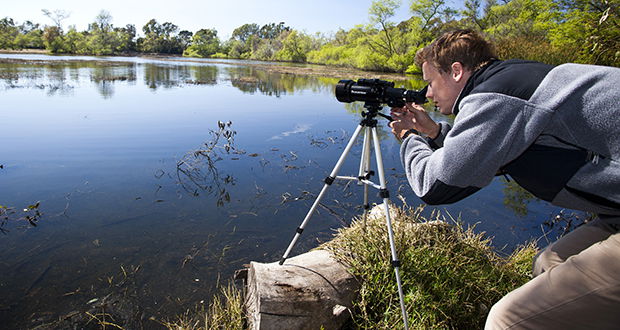
Celestron 21035 70mm Travel Scope (a 2014 Gear of the Year Winner)
Celestron AstroMaster 70AZ Refractor Telescope

Astro Fi 90mm Refractor Telescope (an update to our beloved Celestron 90GT WiFi Telescope)
Reflector Telescopes
These contain a curved mirror at the end of the telescope and a 45 degree mirror near the front. Light is collected by the bottom mirror and bounces off of the front mirror to the eye piece. A fun fact for all of our history fans is that Issac Newton successfully built the first reflector in 1668–what we call the Newtonian telescope today.
We like the following Reflectors for their simplicity and durability:
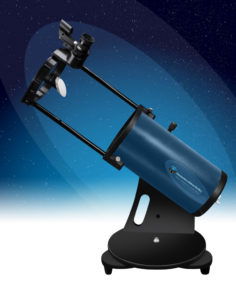
Astronomers Without Borders One Sky Telescope
Celestron 127EQ PowerSeeker Telescope
Compound Telescopes
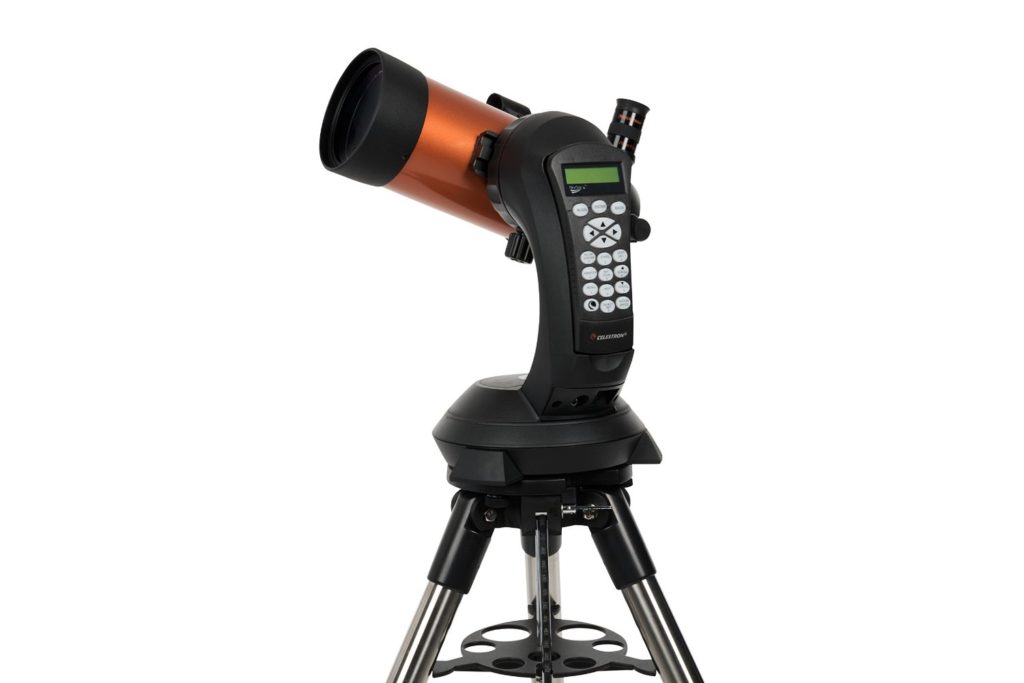
Compound or Catadioptric telescopes combine shaped and curved mirrors and lenses to form a wider aberration free field of view. Today, the Schmidt–Cassegrain design is popular among telescope manufacturers.
We like the following Compound telescope for its ease of transport and setup:
Celestron NexStar 4 SE Telescope
Still undecided? Check for local astronomy clubs or meet up groups in your area. Check to see if your local astronomy group has a meet and greet night, and you’d might find that the members are more than happy to chat about their telescopes/apps/and other sky watching gear.
